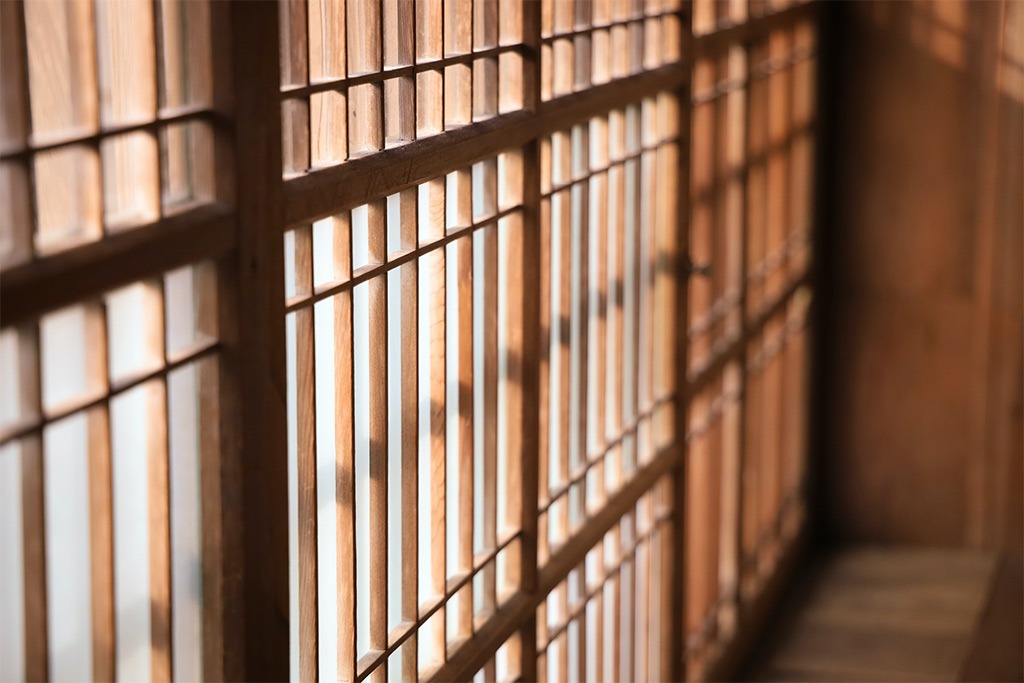Many U.S. prisons lack air conditioning, even in regions of the country where warm temperatures year-round are the norm. Not only are such conditions uncomfortable and potentially unhealthy for inmates with chronic health issues, they may also be dangerous. A new study finds that violence among prisoners increases as outdoor temperatures rise.
Anita Mukherjee, assistant professor of risk and insurance at the Wisconsin School of Business, and Nicholas Sanders of Cornell University and the National Bureau of Economic Research found that daily temperatures reaching an average of 80 degrees Fahrenheit (F) were linked with a 20% increase in daily violent interactions among inmates and an 18% increase in the likelihood of violence overall. Note that such days averaging 80 F over the 24-hour period are much hotter than one might expect, as the average includes daytime highs and nighttime lows. The authors show that such days feature daytime temperatures that regularly exceed 95 F, and that the majority of such days produce unsafe heat index levels when also considering humidity.

Using data from the Mississippi Department of Corrections from 2004 through 2010, Mukherjee and Sanders looked at inmate regulation violations from across the system’s 36 facilities. They also examined daily temperature information from PRISM climate data and the National Oceanic and Atmospheric Administration. The findings suggested a relationship between hotter weather outside and an uptick in violent incidents occurring within the non-climate-controlled facilities.
“We found a causal link between what we term in the study as ‘intense heat’ and ‘intense violence,’” Mukherjee says. “Based on our findings, this combination generates an additional 44 cases of intense violence per year in Mississippi’s correctional system. That means that for every day that reaches 80 degrees Fahrenheit or higher—and that’s an average, because it’s factoring in daytime temps that can be well above 90 degrees—there’s an increase in both the total number of violent incidents that occur as well as greater odds overall of violence happening.”
Mukherjee and Sanders’ study is a unique departure from the existing literature on heat and violence due to its design. Unlike previous studies in the field, the absence of differentiators that allow mitigation against heat’s effects (avoidance behavior, mitigation, reporting bias, and income effects) are absent. For example, the study’s subject pool, inmates, are prohibited from leaving the facilities on hot days, and none of the buildings included in the study has across-the-board air conditioning. During periods of intense heat, guards are required to work within the same non-climate-controlled facilities that inmates are subject to, therefore lessening reporting bias on inside crimes and violent incidents (and other inmates who are possible witnesses to these incidents are there, too). The study’s setup in relation to income is also an important differentiator, as previous studies have examined income, conflict, and climate. In this case, income effects do not come into play as they might in other studies, given that inmates generally have little income and few opportunities to work.
While the issue of excessive heat and incarceration is a constitutional one under the Eighth Amendment, states have some leeway in regulating temperature control. Mukherjee and Sanders cite 2019 data from the Prison Policy Initiative that lists 13 hot-weather states including Mississippi that do not have across-the-board air conditioning in their correctional faciltites. Part of the problem stems from aging infrastructure: older buildings are costlier to update and outfit with climate control capabilities. But increased levels of violence among the incarcerated can lead to recidivism—new sentencing for repeat offenders and longer stays in the system, ultimately costing the state more money to house prisoners than it would have originally.
The study results also suggest some mapping of the placement of correctional institutions and incarcerated populations may be beneficial given the increasingly hotter temperatures in the U.S. Facilities lacking air conditioning on the East Coast, for example, are not as acclimated to warmer temperatures as correctional systems in the South, and therefore may experience more adverse effects than their counterparts in other parts of the country. Ironically, there is some tradeoff in investing in air conditioning which itself is a major contributor to global warming–but the return to doing so in correctional facilities, which already have a high baseline of violence, is surely valuable.
The study also holds some important implications regarding the relationship between violence and a warming earth. The general finding that heat causes violence, echoing an extant literature finding this relationship in other settings, points to larger implications for much of the world’s population that is set to experience hotter temperatures with limited access to cool their environments. Violence is devastating to victims, their families, and to society. Considering the impact that heat can generate on this outcome is useful for assessing investments in technologies that limit global warming or help cool our environments efficiently.
Read the working paper: “The Causal Effect of Heat on Violence: Social Implications of Unmitigated Heat Among the Incarcerated”
Anita Mukherjee is an assistant professor in the Department of Risk and Insurance at the Wisconsin School of Business.
Tags:
